Home>Furniture & Design>Outdoor Furniture>How To Clear Blocked Outdoor Drains
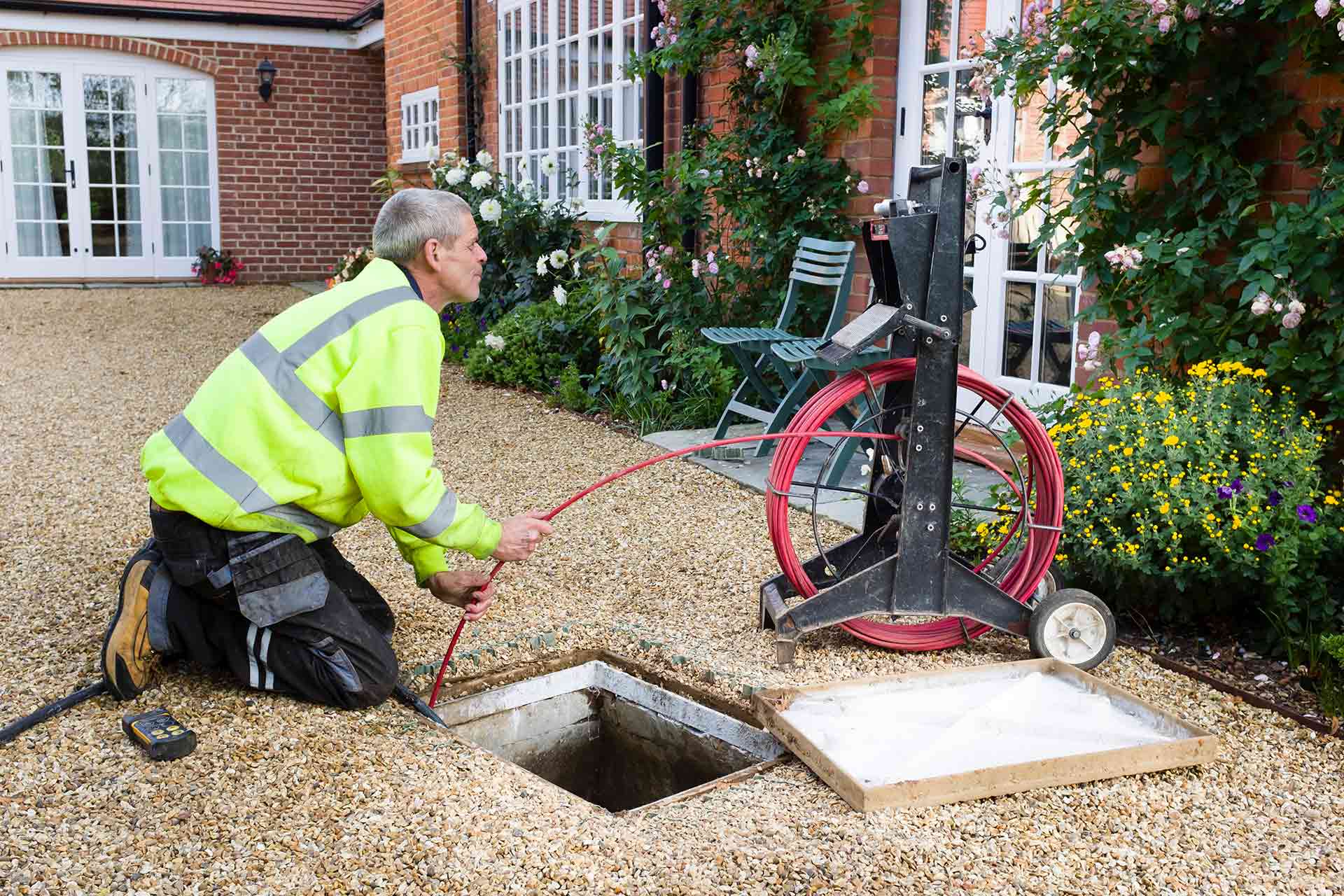

Outdoor Furniture
How To Clear Blocked Outdoor Drains
Modified: March 2, 2024
Learn how to effectively clear blocked outdoor drains with our expert tips and advice. Keep your outdoor furniture and design looking great with our proven solutions.
(Many of the links in this article redirect to a specific reviewed product. Your purchase of these products through affiliate links helps to generate commission for Storables.com, at no extra cost. Learn more)
Introduction
When it comes to enjoying the great outdoors, having a well-maintained outdoor space is essential. Whether it's a cozy backyard patio or a sprawling garden, outdoor drains play a crucial role in preserving the integrity and functionality of these areas. However, over time, outdoor drains can become clogged with debris, leaves, dirt, and other unwanted materials, leading to a range of issues such as water pooling, foul odors, and potential damage to the surrounding landscape.
In this guide, we will delve into the essential steps for clearing blocked outdoor drains, ensuring that your outdoor spaces remain clean, functional, and inviting. From identifying the signs of blocked drains to employing the necessary tools and techniques, we will equip you with the knowledge and skills to effectively address this common outdoor maintenance challenge.
Whether you're a seasoned DIY enthusiast or a homeowner looking to tackle a blocked drain for the first time, this comprehensive guide will provide you with the insights and practical tips needed to restore proper drainage and prevent future blockages. So, roll up your sleeves, gather your tools, and let's embark on a journey to reclaim the optimal functionality of your outdoor drains.
Key Takeaways:
- Keep your outdoor drains clear to prevent water pooling, foul odors, and damage to your outdoor space. Regular cleaning and using protective barriers can help maintain optimal drainage.
- Use the right tools and techniques to clear blocked outdoor drains. Employ preventive measures like regular cleaning, protective barriers, and environmentally friendly additives to minimize future blockages.
Read more: How To Clear An Outdoor Drain Pipe
Signs of Blocked Outdoor Drains
Recognizing the signs of a blocked outdoor drain is the first step in addressing potential drainage issues. By being attuned to these indicators, you can take proactive measures to prevent further complications and avoid costly repairs. Here are some common signs that your outdoor drains may be obstructed:
- Pooling Water: One of the most apparent signs of a blocked outdoor drain is the formation of stagnant water around the drain area. This pooling water can create unsightly puddles, compromise the integrity of nearby structures, and serve as a breeding ground for mosquitoes and other pests.
- Foul Odors: A musty or unpleasant odor emanating from the drain area can indicate the presence of decomposing organic matter, a common cause of blockages. These odors can permeate the surrounding outdoor space, detracting from its overall appeal.
- Slow Drainage: If you notice that water is draining slowly from your outdoor fixtures, such as gutters, downspouts, or patio drains, it may be a sign of partial blockage. This can lead to water backing up and potentially causing damage to the surrounding landscape or structures.
- Visible Debris: The accumulation of leaves, twigs, dirt, or other debris around the drain opening is a clear indication of a potential blockage. These materials can impede water flow and exacerbate drainage issues if left unaddressed.
- Unexplained Plant Growth: In some cases, you may observe an unusual proliferation of vegetation around the drain area, including moss, algae, or weeds. This can signal excess moisture due to poor drainage, prompting the need for a thorough inspection.
By remaining vigilant and promptly addressing these signs, you can mitigate the impact of blocked outdoor drains and maintain the functionality and aesthetic appeal of your outdoor living spaces. Now that you are aware of the telltale indicators of drain blockages, it’s time to gather the necessary tools and equipment to tackle this common outdoor maintenance issue.
Tools and Equipment Needed
Equipping yourself with the right tools and equipment is essential for effectively clearing blocked outdoor drains. Here’s a comprehensive list of items that will empower you to tackle this maintenance task with confidence:
- Gloves: Durable, waterproof gloves will protect your hands from debris and grime as you work to clear the drain.
- Protective Eyewear: Safety goggles or glasses shield your eyes from potential splashes and ensure a safe working environment.
- Plunger: A standard household plunger can be used to dislodge minor blockages in outdoor drains, providing an initial attempt at clearing the obstruction.
- Plumbing Snake or Drain Auger: These tools are effective for reaching deeper blockages within the drain pipe, allowing you to break apart and extract stubborn debris.
- Garden Hose: A garden hose with a high-pressure nozzle attachment serves as a valuable tool for flushing out debris and evaluating the effectiveness of your drain-clearing efforts.
- Bucket and Trowel: These items are useful for removing excess debris and sediment from the drain area, facilitating a thorough cleaning process.
- Baking Soda and Vinegar: A natural and environmentally friendly solution for clearing minor blockages and eliminating odors from outdoor drains.
- Biological Drain Cleaner: Environmentally safe drain cleaning products containing beneficial bacteria and enzymes that break down organic matter and prevent future blockages.
- Wire Brush or Pipe Cleaning Tool: Ideal for removing stubborn residue and buildup from the drain pipe walls.
- Sealant or Caulk: If you identify any cracks or leaks in the drain system, a suitable sealant will help prevent water seepage and potential damage.
By assembling these essential tools and equipment, you will be well-prepared to address various types of blockages and restore optimal drainage in your outdoor living space. With the right gear at your disposal, you can confidently proceed to the next crucial step: clearing the blocked outdoor drains.
Regularly clean out debris such as leaves, dirt, and twigs from outdoor drains to prevent blockages. Use a drain snake or pressure washer to clear any existing clogs.
Clearing Blocked Outdoor Drains
Now that you’ve identified the signs of a blocked outdoor drain and gathered the necessary tools and equipment, it’s time to roll up your sleeves and tackle the task at hand. The following steps outline a systematic approach to clearing blocked outdoor drains and restoring proper drainage:
- Assess the Severity: Begin by assessing the severity of the blockage. If the drain is only partially obstructed, you may attempt to clear it using a plunger. For more stubborn blockages, a plumbing snake or drain auger may be required to reach and dislodge the debris.
- Protective Gear: Before commencing any work, don your waterproof gloves and safety goggles to safeguard yourself from potential splashes and debris.
- Plunge or Snake: If using a plunger, create a tight seal around the drain opening and apply firm, rhythmic pressure to dislodge the blockage. For deeper obstructions, carefully insert the plumbing snake or drain auger into the drain and maneuver it to break apart and extract the debris.
- Flush with Water: After dislodging the blockage, utilize a garden hose with a high-pressure nozzle to flush the drain thoroughly. This will help clear out any remaining debris and assess the effectiveness of your clearing efforts.
- Natural Solutions: For minor blockages and odors, consider pouring a mixture of baking soda and vinegar down the drain, followed by hot water. This natural solution can help dissolve organic matter and eliminate unpleasant odors.
- Biological Drain Cleaner: If you prefer an environmentally safe approach, introduce a biological drain cleaner containing beneficial bacteria and enzymes into the drain. These products break down organic matter and establish a healthy microbial environment within the drain system.
- Inspect and Seal: After clearing the blockage, carefully inspect the drain area for any signs of damage or leaks. If cracks or gaps are present, apply a suitable sealant or caulk to prevent water seepage and reinforce the integrity of the drain system.
By following these systematic steps and utilizing the appropriate tools and techniques, you can effectively clear blocked outdoor drains and restore optimal functionality to your outdoor living space. However, prevention is key to avoiding future blockages and maintaining unobstructed drainage.
Preventing Future Blockages
After successfully clearing a blocked outdoor drain, it’s essential to implement preventive measures to minimize the likelihood of future blockages. By adopting proactive strategies and regular maintenance practices, you can safeguard your outdoor drains against obstructions and ensure optimal functionality. Here are some effective ways to prevent future blockages:
- Regular Cleaning: Schedule routine cleaning of your outdoor drains to remove debris, leaves, and other potential obstructions. This proactive measure can prevent the accumulation of materials that could impede water flow.
- Leaf Guards and Screens: Install leaf guards or screens over your outdoor drain openings to prevent leaves, twigs, and larger debris from entering the drain system. These protective barriers can significantly reduce the risk of blockages.
- Trim Overhanging Trees: If you have trees with overhanging branches near your outdoor drains, regularly trim them to minimize the amount of organic matter and foliage that can fall into the drains and cause blockages.
- Biological Additives: Introduce environmentally friendly biological drain cleaning products containing beneficial bacteria and enzymes. These additives can help break down organic matter within the drain system, reducing the likelihood of blockages.
- Professional Inspection: Consider scheduling periodic inspections by a qualified plumber or drainage specialist to assess the condition of your outdoor drains and identify potential issues before they escalate into blockages.
- Proper Waste Disposal: Dispose of outdoor waste, such as grass clippings and garden debris, in designated compost or waste receptacles rather than allowing them to accumulate near drain openings.
- Monitor Drainage During Storms: During heavy rainfall, observe the drainage patterns around your outdoor drains. If you notice any signs of pooling water or slow drainage, address the issue promptly to prevent blockages from developing.
By incorporating these preventive measures into your outdoor maintenance routine, you can minimize the risk of future blockages and preserve the efficiency of your outdoor drainage system. Taking proactive steps to prevent blockages will contribute to the longevity and functionality of your outdoor living spaces, allowing you to fully enjoy their beauty and practicality without the worry of drainage issues.
Read more: How To Clear A Slow Bathtub Drain?
Conclusion
As outdoor enthusiasts and homeowners, maintaining clear and functional outdoor drains is pivotal to preserving the integrity and appeal of our outdoor living spaces. By recognizing the signs of blocked drains, equipping ourselves with the necessary tools, and employing effective clearing techniques, we can address blockages and restore optimal drainage.
Furthermore, by embracing preventive measures such as regular cleaning, the use of protective barriers, and the implementation of environmentally friendly additives, we can significantly reduce the likelihood of future blockages and ensure the continuous functionality of our outdoor drains. These proactive strategies not only contribute to the longevity of our outdoor infrastructure but also enhance the overall enjoyment and aesthetic value of our outdoor environments.
By taking a proactive approach to outdoor drain maintenance, we empower ourselves to create and sustain outdoor spaces that are not only visually appealing but also fully functional and free from the disruptions caused by drainage issues. Through a combination of awareness, preparedness, and ongoing care, we can safeguard our outdoor drains against blockages and enjoy the natural beauty of our outdoor living areas with peace of mind.
So, as we embark on our outdoor adventures and revel in the tranquility of our outdoor sanctuaries, let’s remember the importance of maintaining unobstructed outdoor drains. By doing so, we can ensure that our outdoor spaces remain inviting, pristine, and ready to welcome us for moments of relaxation, gatherings with loved ones, and the simple joys of outdoor living.
Frequently Asked Questions about How To Clear Blocked Outdoor Drains
Was this page helpful?
At Storables.com, we guarantee accurate and reliable information. Our content, validated by Expert Board Contributors, is crafted following stringent Editorial Policies. We're committed to providing you with well-researched, expert-backed insights for all your informational needs.
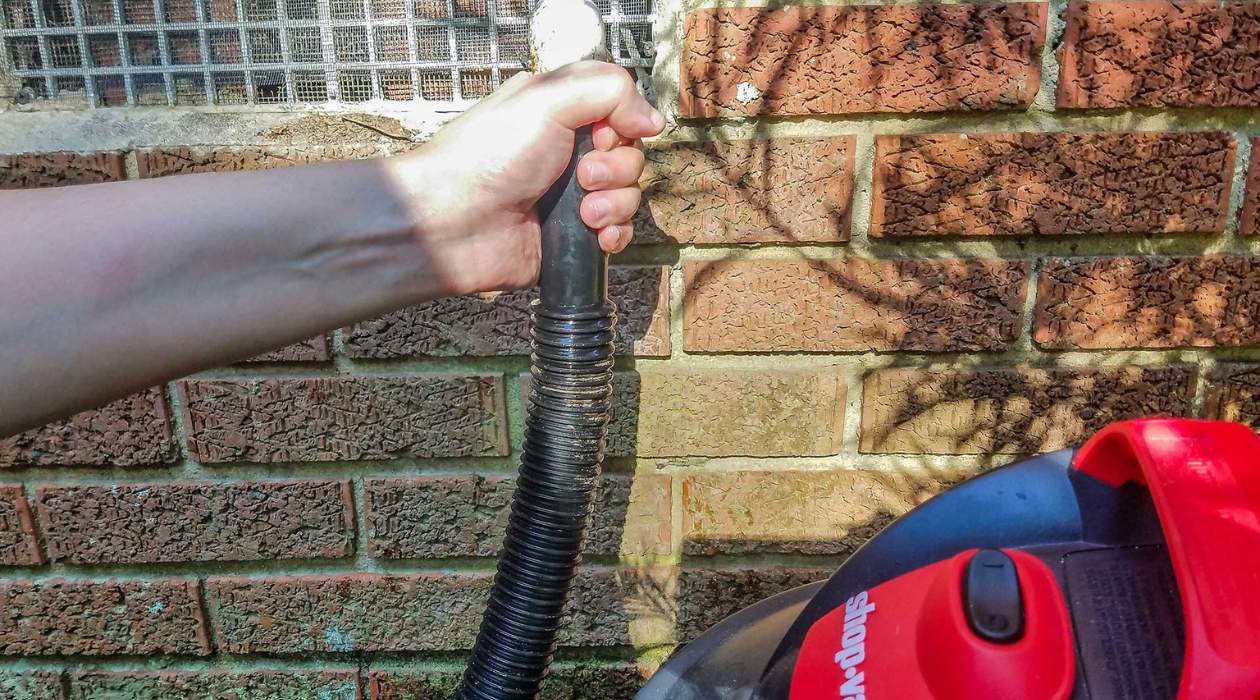
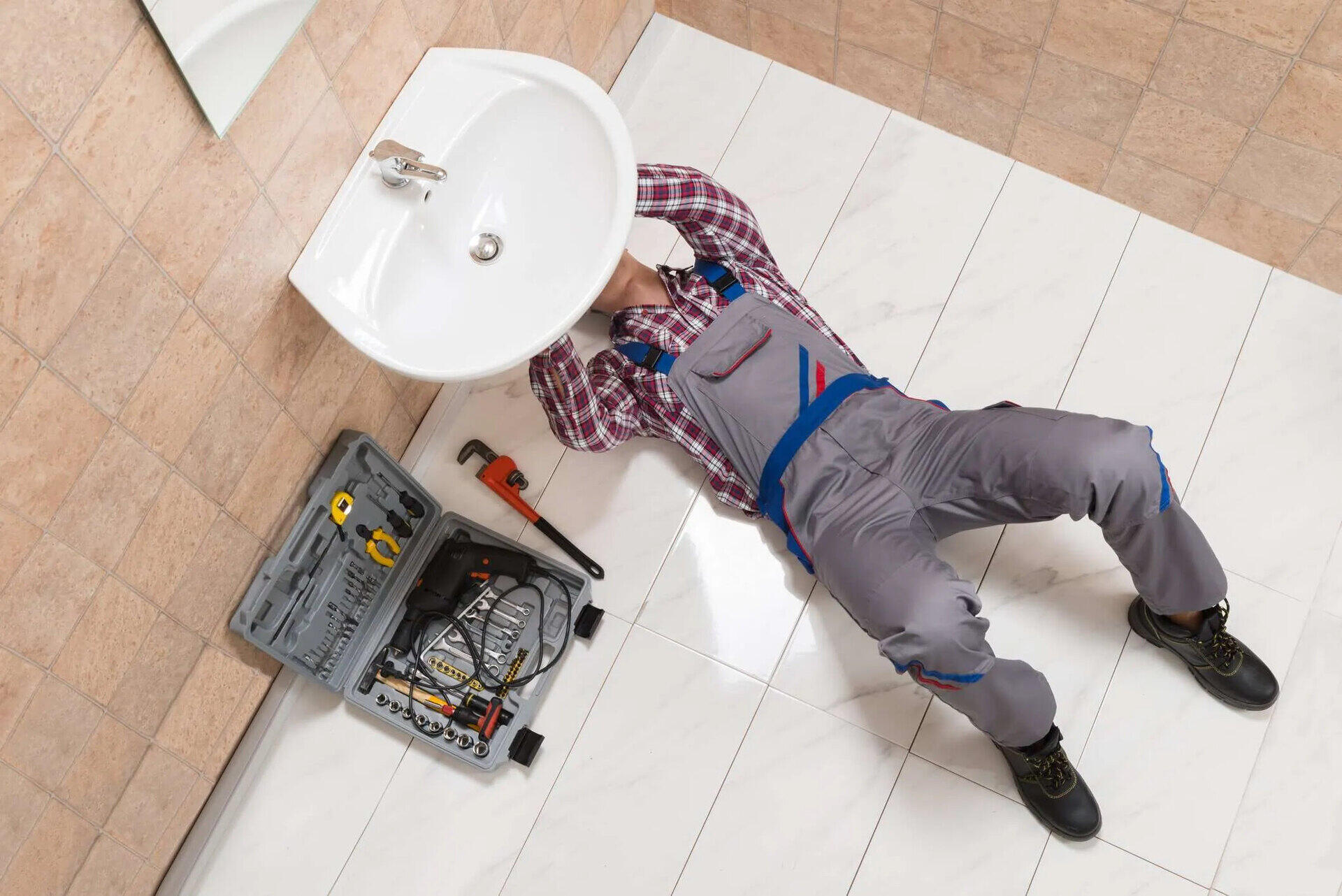
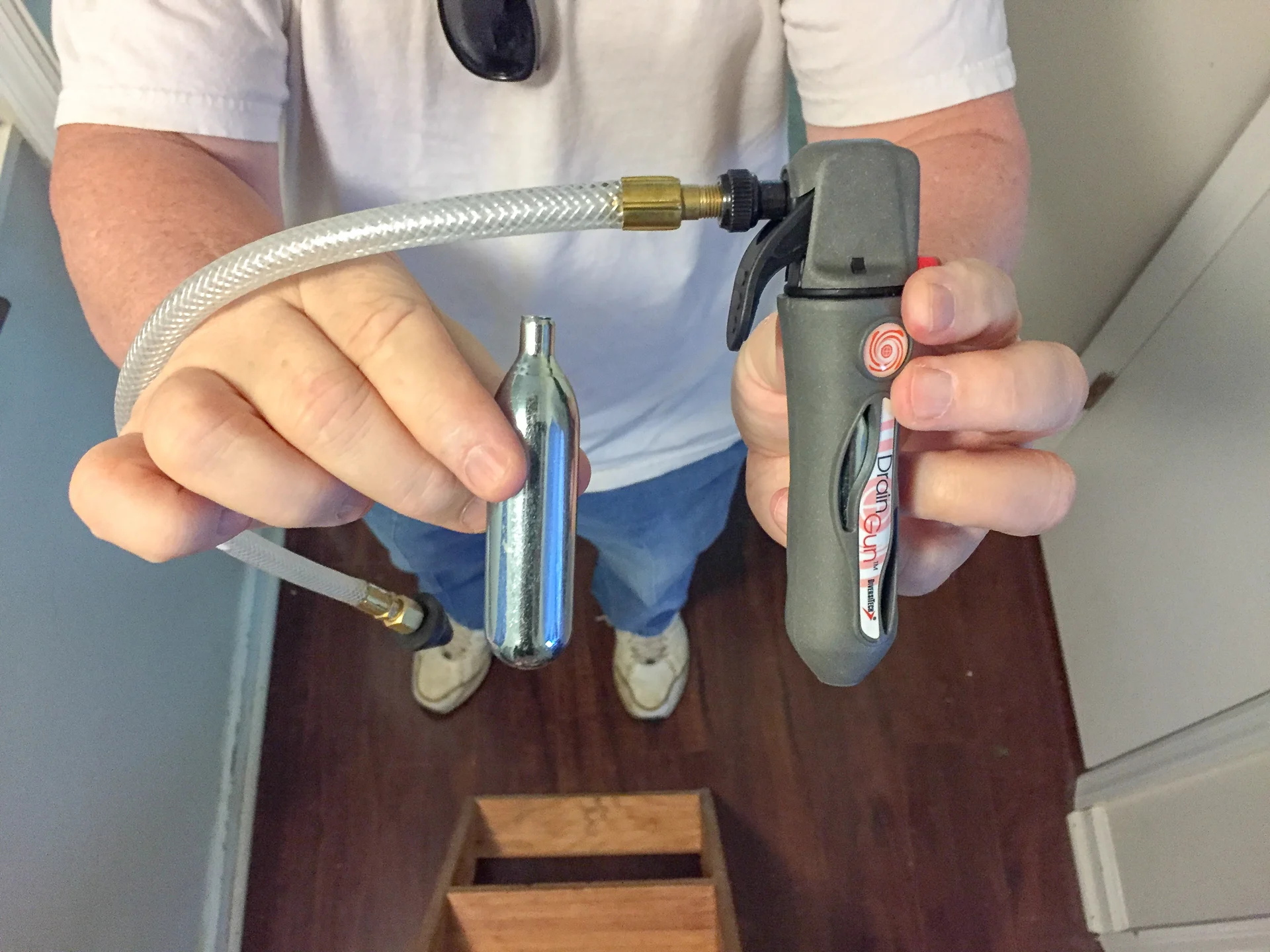
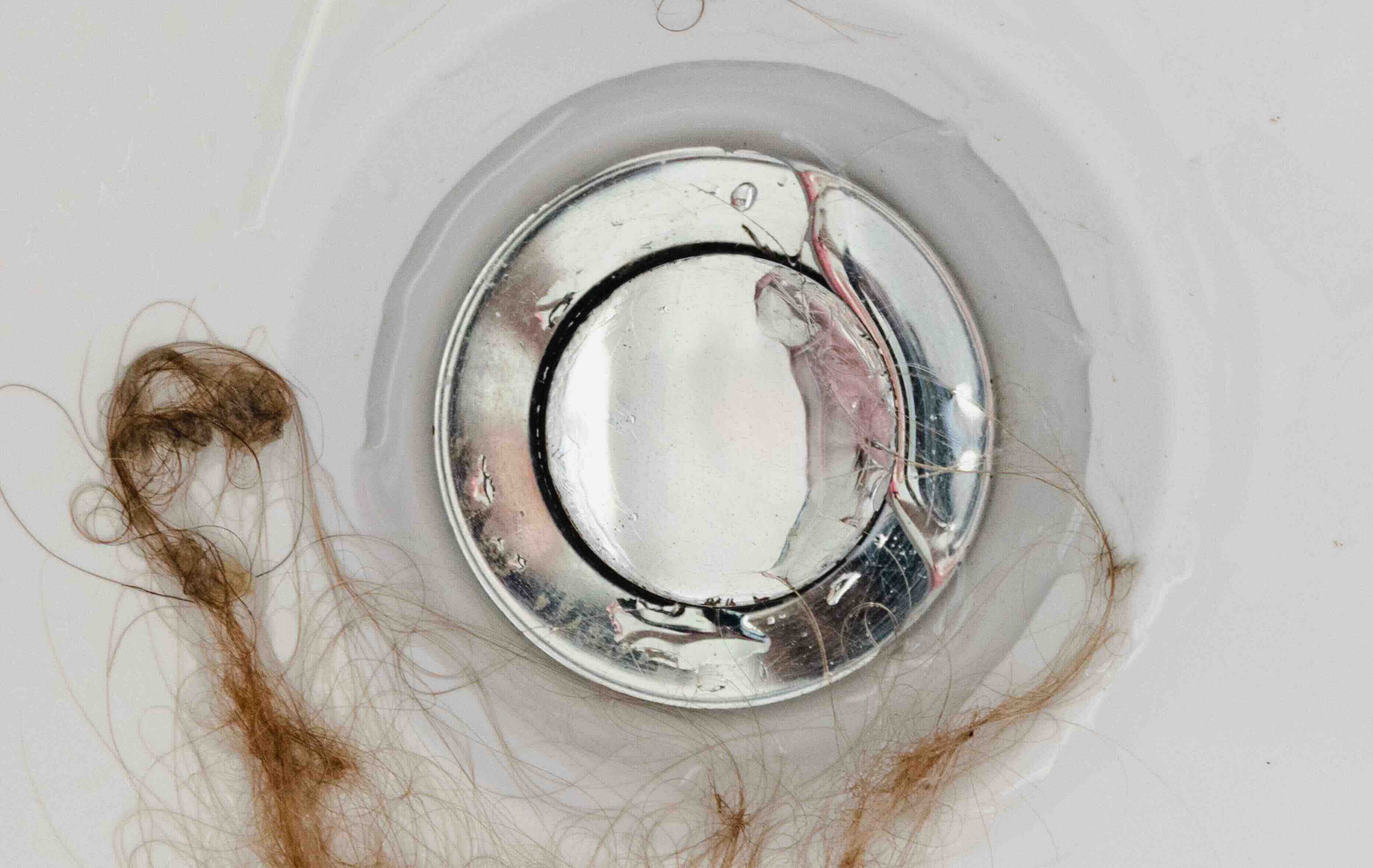
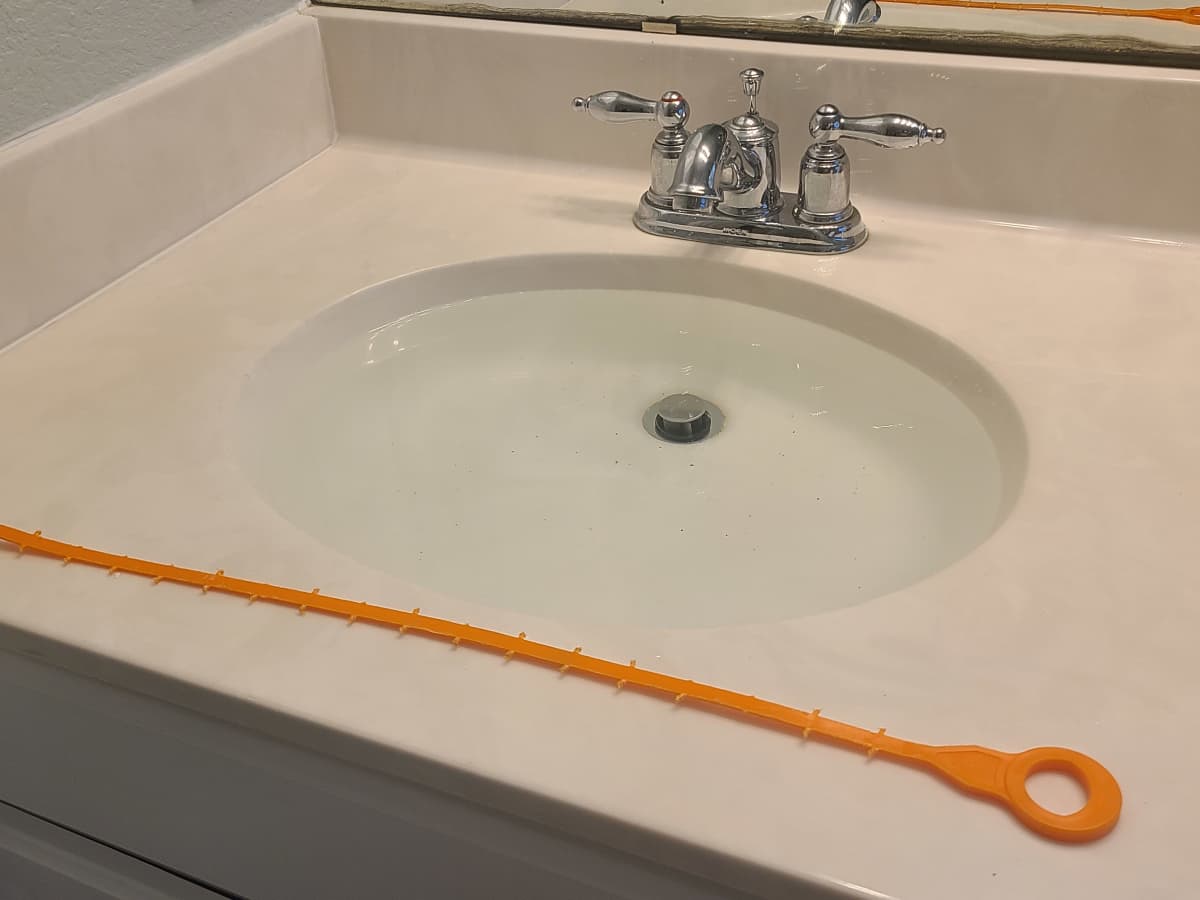
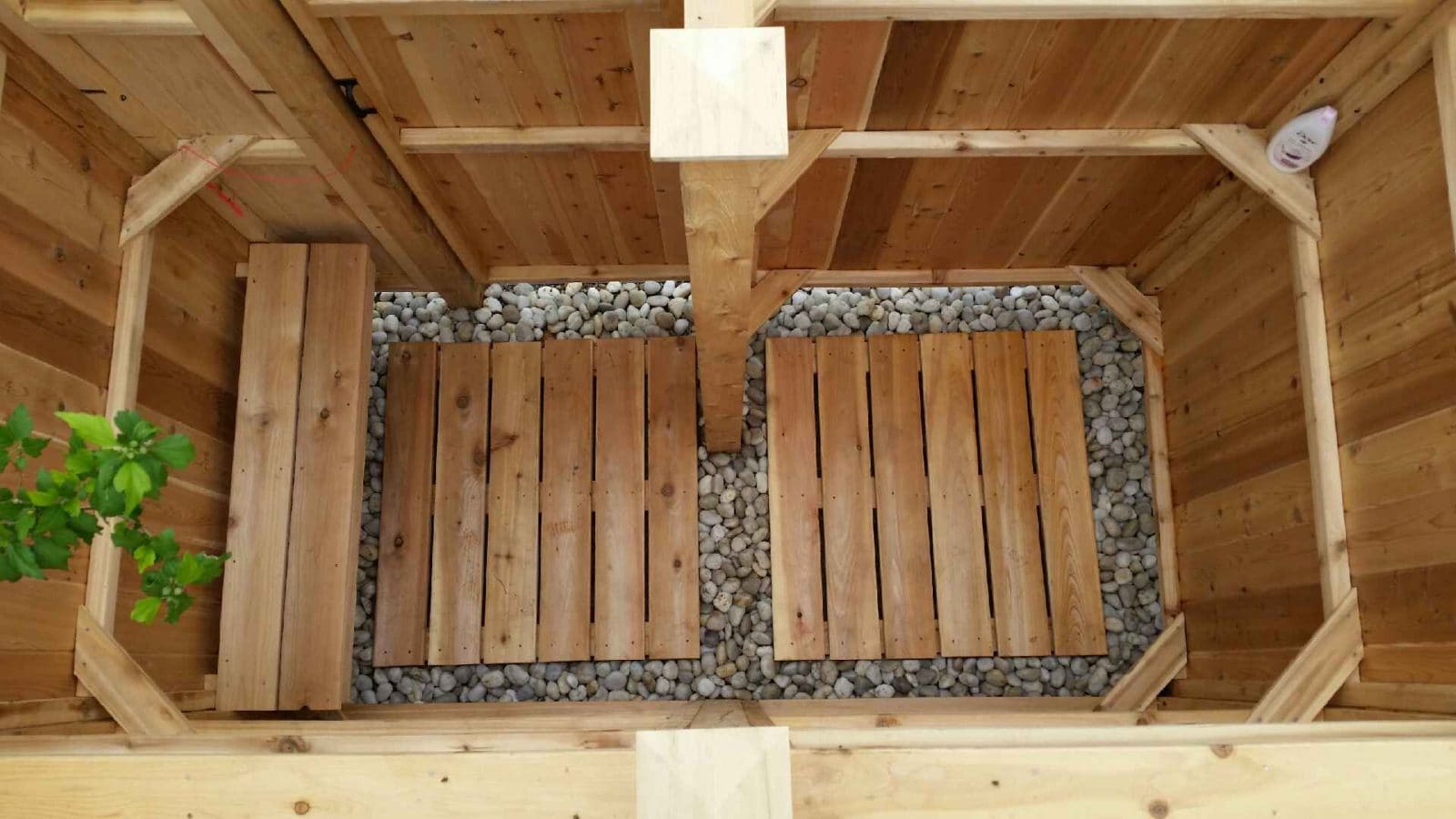
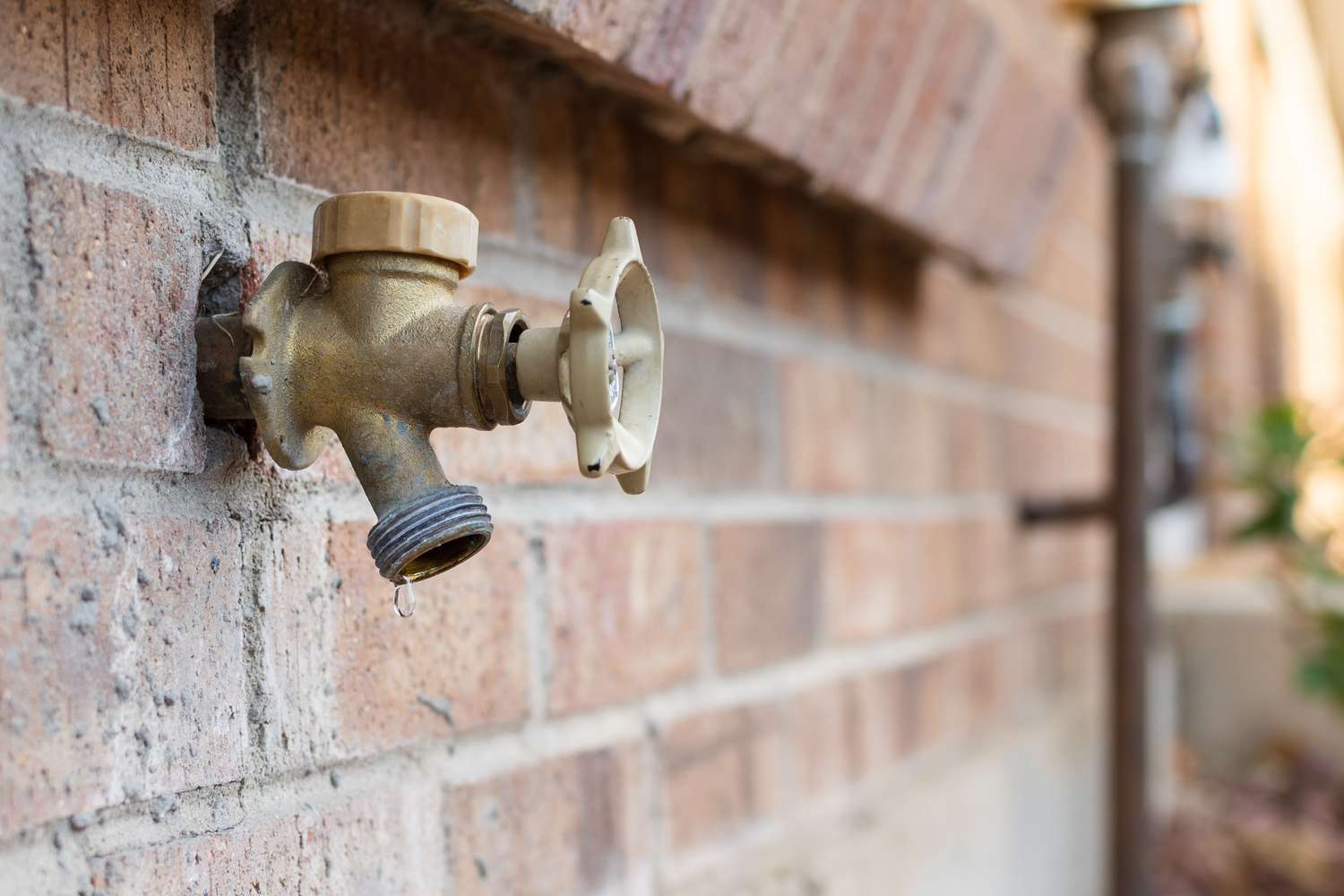
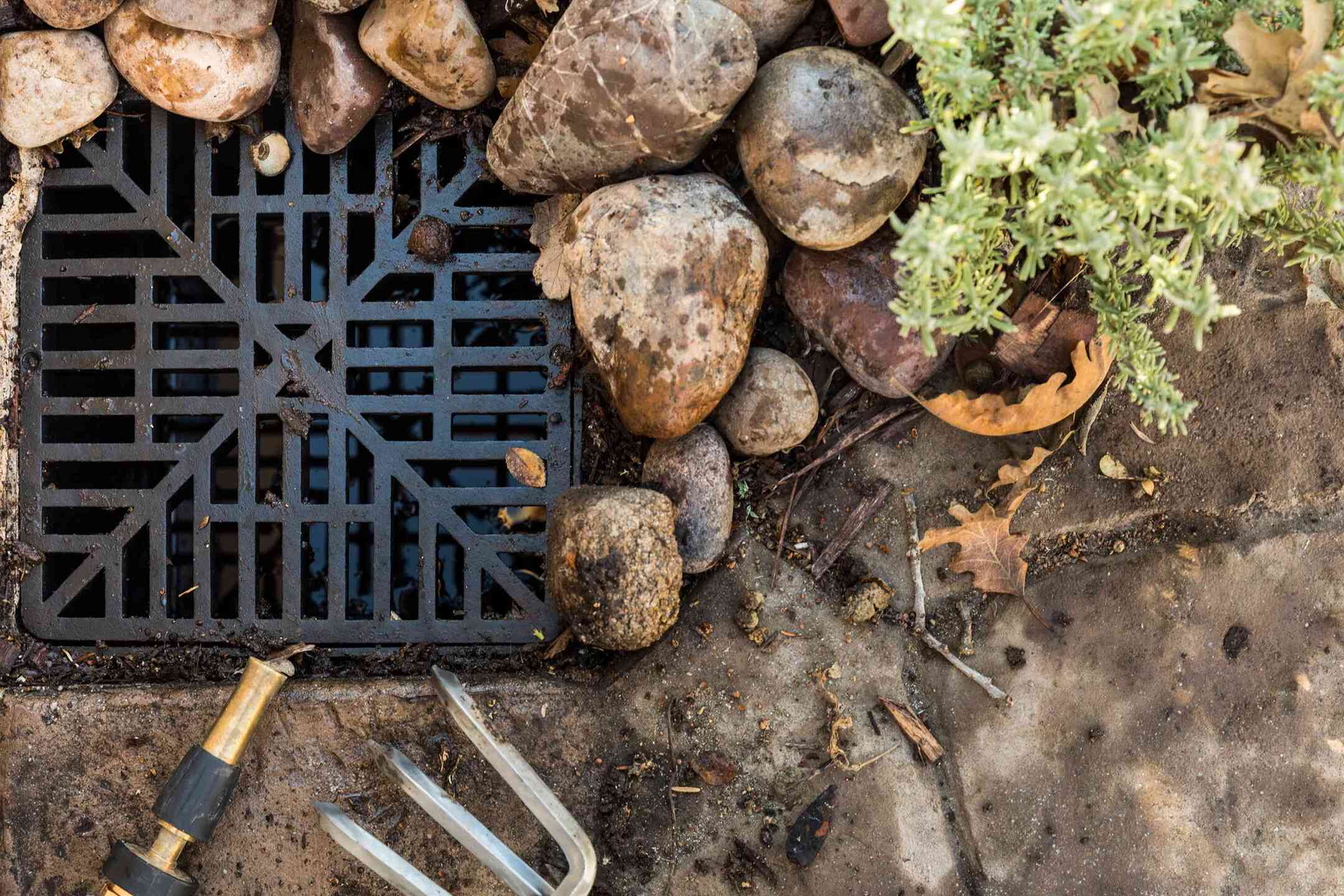
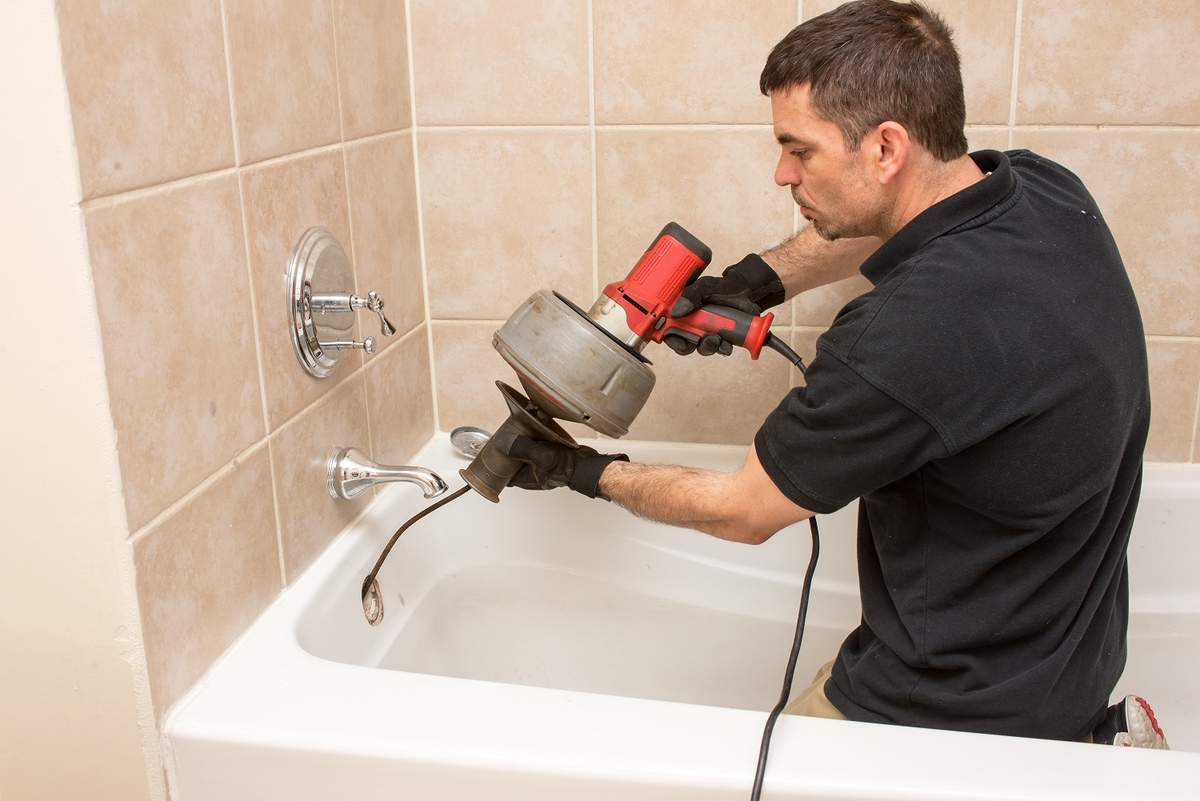
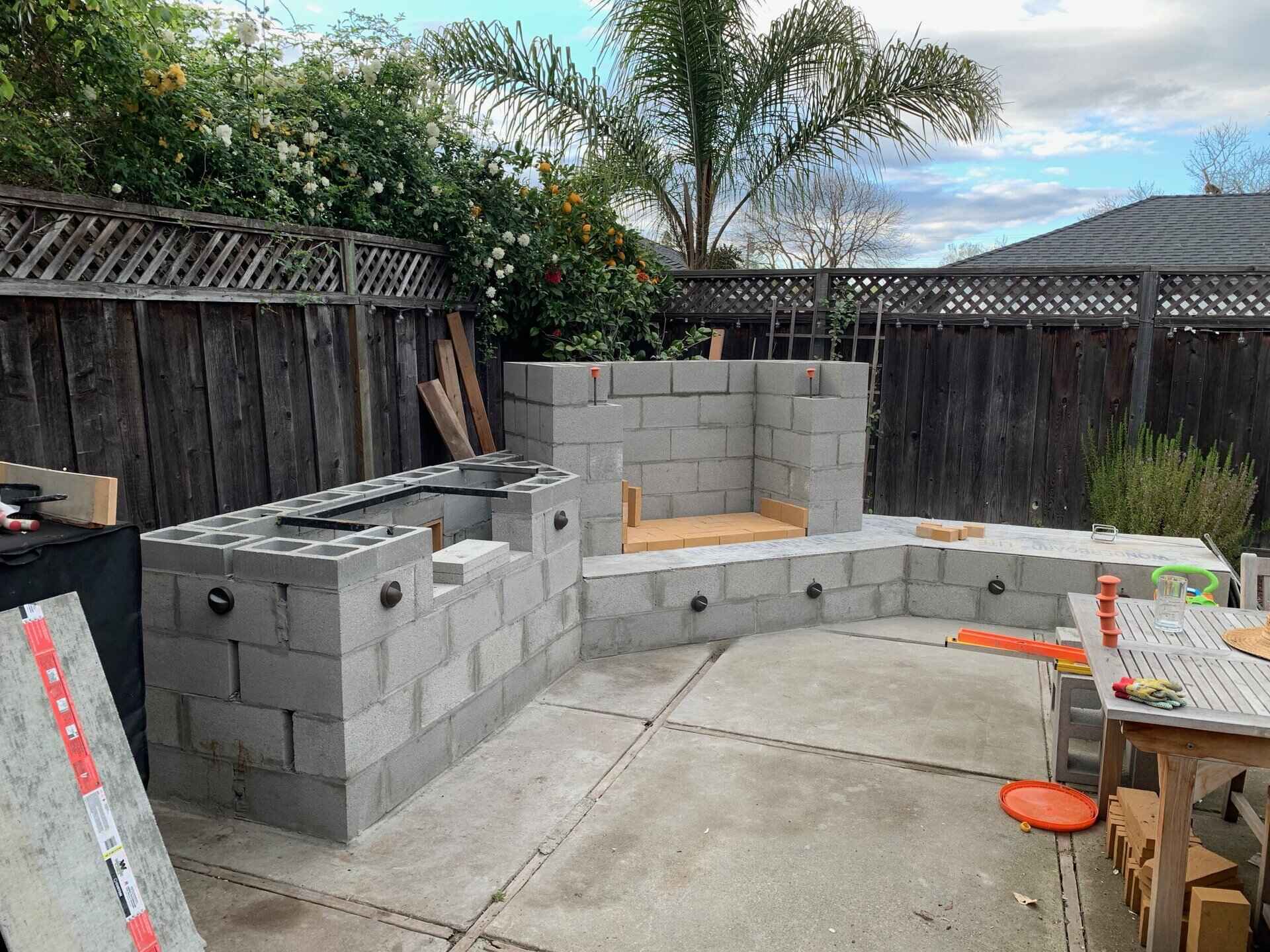

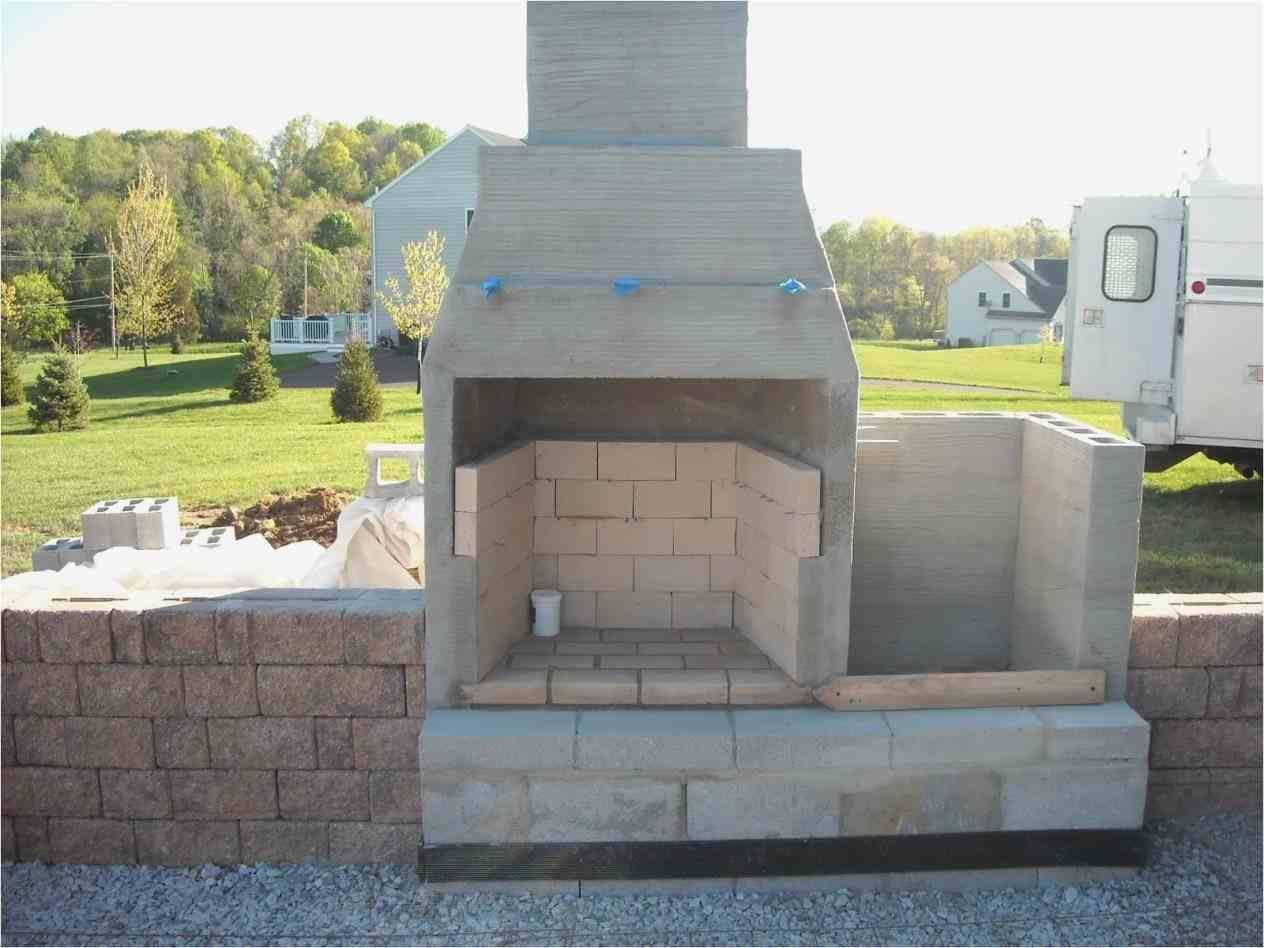
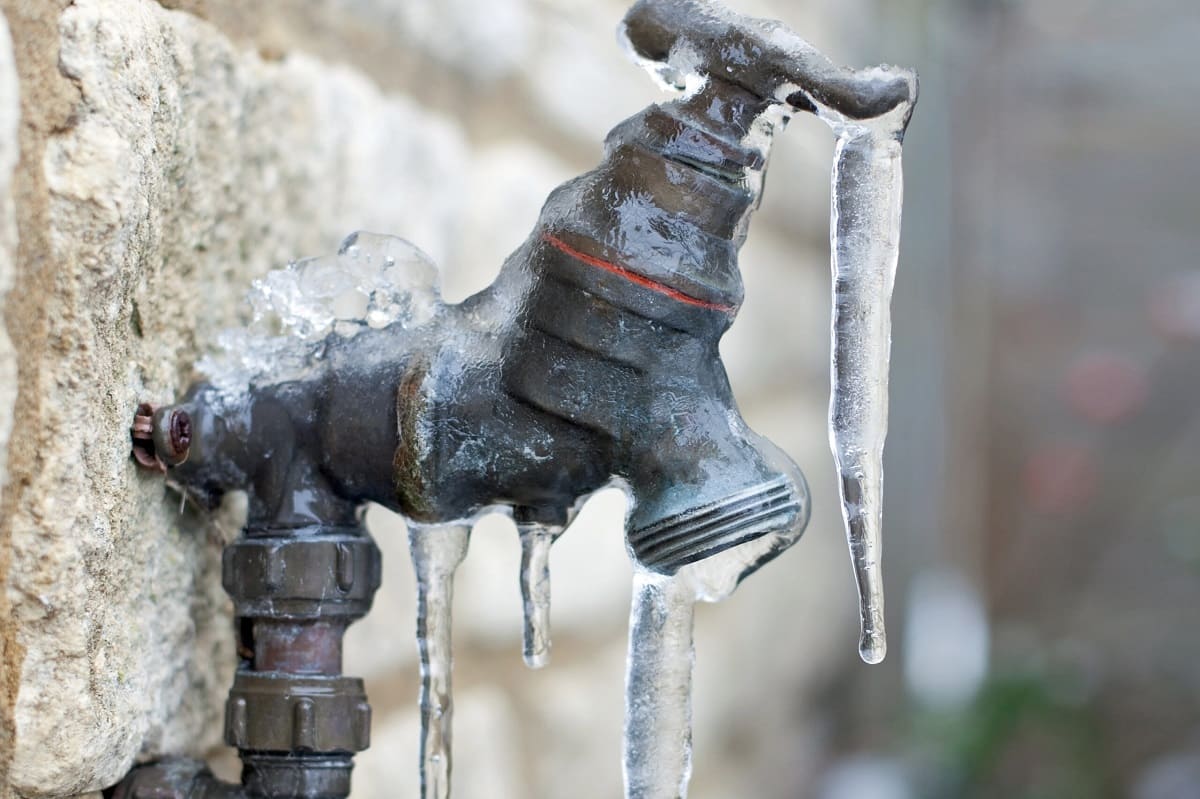
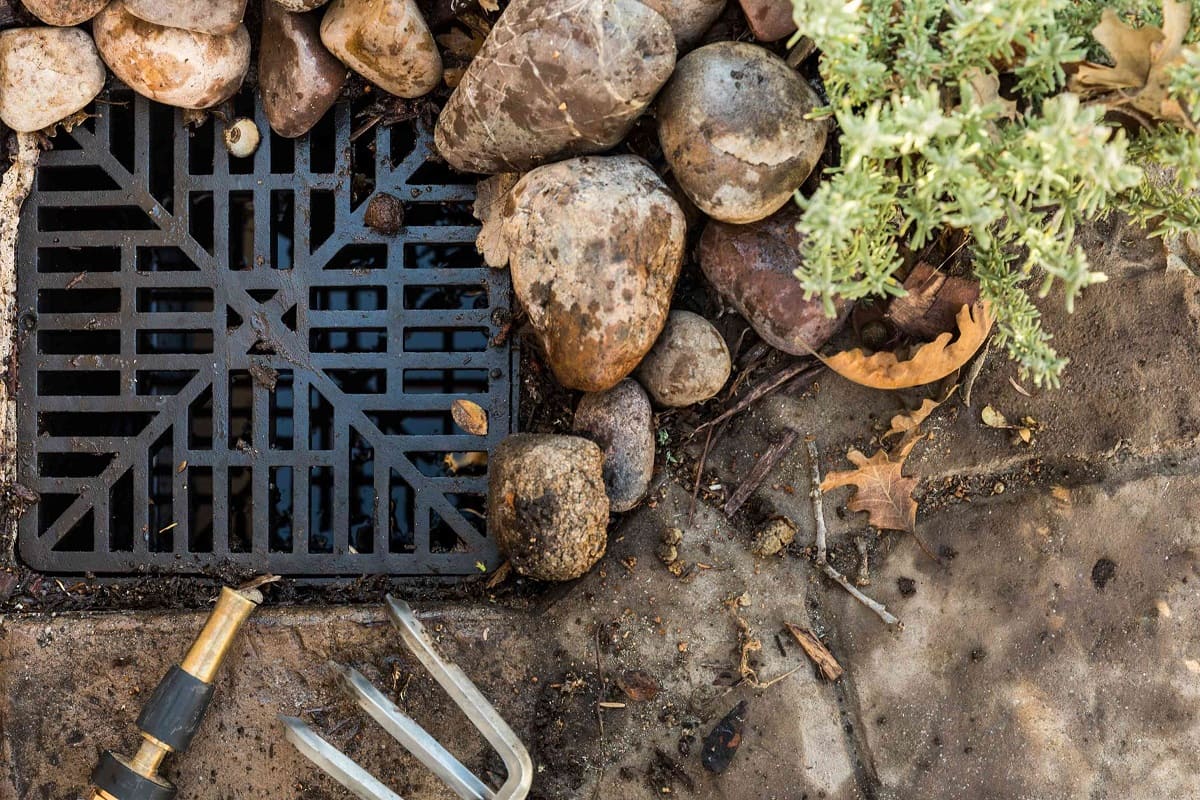

0 thoughts on “How To Clear Blocked Outdoor Drains”